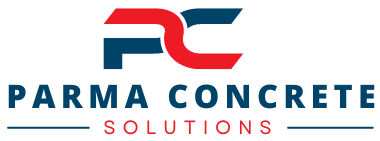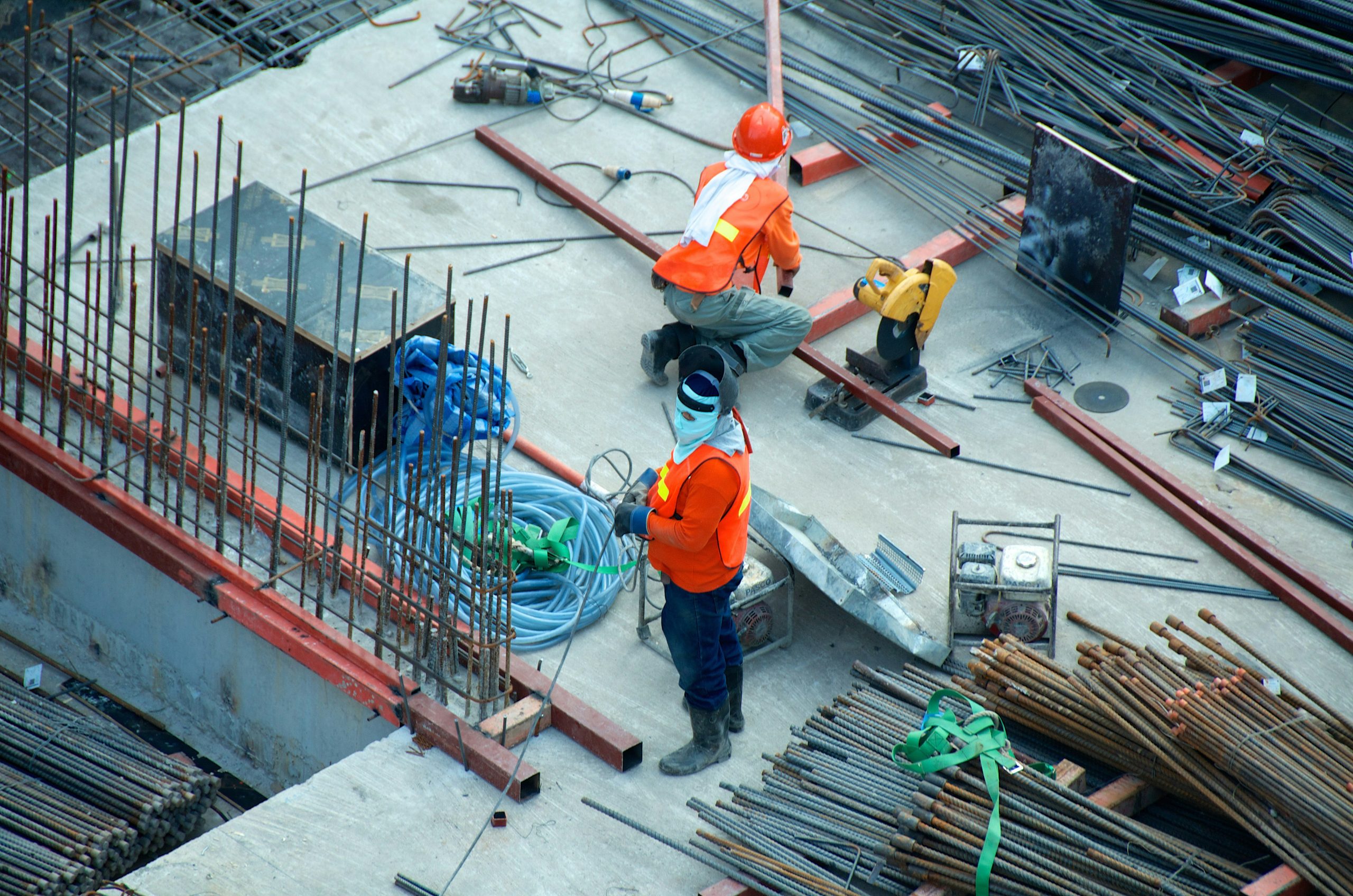Concrete installation is a fundamental aspect of modern construction, especially in commercial settings where structural integrity is paramount. It serves as the backbone of buildings, providing essential strength, remarkable durability, and versatile applications for various architectural designs. The installation process for commercial concrete is not as straightforward as it may seem; it involves a series of intricate steps and thoughtful considerations to ensure a high-quality result that adheres to safety and performance standards. From initial site preparation to the final curing stage, each phase requires careful planning and execution. Factors such as the selection of the right concrete mix, proper reinforcement techniques, and meticulous finishing work play crucial roles in the overall performance of the structure. This guide delves into the key stages of commercial concrete installation, offering valuable insights, detailed explanations, and best practices for achieving optimal results. Additionally, it highlights the significance of collaborating with experienced professionals to navigate potential challenges and ensure that every project meets the necessary regulatory requirements.
Planning and Preparation
Before any concrete is mixed or poured, meticulous planning is crucial to ensure a successful project outcome. This initial stage involves a thorough assessment of the site, which includes examining the terrain, drainage patterns, and any existing structures that may affect the project. Understanding the project’s requirements in detail—such as load-bearing needs, aesthetic considerations, and environmental factors—is essential for selecting the appropriate materials and methods. Securing necessary permits from local authorities is also a vital step that can prevent legal complications later on. Proper soil analysis and site surveying play a significant role in determining the right type of concrete to use, as different projects may require varying strengths and compositions. Factors such as climate, exposure conditions, and the intended use of the structure should all be taken into account when specifying concrete mixes. Effective planning also involves carefully considering scheduling and logistics to coordinate the delivery of materials and the availability of labor, which helps to avoid potential delays and ensures that the project stays on track. By dedicating time to thorough planning, teams can significantly enhance the chances of a smooth and successful construction process.
Material Selection
Selecting the right materials is crucial for the successful installation of commercial concrete, as it directly impacts the durability and performance of the finished product. The choice of concrete mix, including the proportions of cement, water, and aggregates, plays a significant role in achieving the desired strength and workability. Additionally, the size and type of aggregates, whether coarse or fine, can influence the concrete’s overall texture and load-bearing capacity. It’s also essential to consider the specific reinforcements needed, such as steel rebar or fibers, which enhance the structural integrity based on the intended use and environmental conditions of the project. Material selection should take into account factors such as sustainability and cost-effectiveness. Utilizing eco-friendly materials or recycled aggregates can reduce the environmental impact of the project while potentially lowering costs. By carefully evaluating all these aspects, professionals can ensure a concrete installation that meets both performance requirements and budget constraints, ultimately leading to a successful outcome.
Mixing and Pouring Process
The mixing phase is where precision and expertise truly come into play. It involves carefully measuring accurate ratios of water, cement, and aggregates to ensure the desired consistency and strength of the concrete. Each component plays a vital role in the final product; for instance, the type and size of aggregates can significantly affect the durability and workability of the mix. Once the ingredients are combined, the concrete must be poured with meticulous attention to detail. This involves avoiding air bubbles, which can weaken the structure, and ensuring even distribution across the area being filled. Timing is crucial in this process, as the mix should be poured and leveled quickly to prevent it from beginning to set. Workers need to be well-coordinated, as a delay can lead to uneven surfaces and compromised strength. Therefore, understanding the properties of the materials and managing the pouring process efficiently is key to achieving a successful outcome in any concrete construction project.
Curing Techniques
Curing is a critical step in concrete installation that plays a significant role in influencing the final strength and durability of the material. It is essential for ensuring that the concrete achieves its maximum potential, and it affects both the short-term and long-term performance of the structure. Effective curing involves maintaining the appropriate moisture and temperature levels over a specific period, typically for at least a week, to help the concrete hydrate properly and gain strength. Common curing methods include water curing, which involves continuously wetting the surface, covering the concrete with wet burlap to retain moisture, or using curing compounds that form a moisture-retaining film. It is important to consider environmental factors, such as temperature and wind, which can affect the curing process. Proper curing not only minimizes the risk of cracking but also enhances the overall durability and longevity of the concrete, ensuring that it can withstand the stresses of use over time. By investing in proper curing techniques, builders can achieve a more resilient and reliable concrete installation.
Inspection and Quality Assurance
After installation, a rigorous inspection process is conducted to ensure that the concrete meets all safety and quality standards. This comprehensive inspection includes checking for uniformity in texture and color and assessing for cracks or any defects that may compromise durability and structural integrity. Inspectors meticulously evaluate the mixture’s composition to confirm that it adheres to specified guidelines. Additionally, implementing a robust quality assurance program plays a crucial role in maintaining consistency across various projects, allowing for systematic monitoring and control of production processes. This not only helps in satisfying regulatory requirements but also reinforces the confidence of clients and stakeholders in the reliability and longevity of the finished work.
Expert Material Selection
Successful commercial concrete installation requires a harmonious blend of meticulous planning, expert material selection, precise execution, and stringent quality assurance. By following the outlined best practices across each phase, from preparation to completion, builders can ensure the creation of a concrete foundation that exceeds industry standards and meets the rigorous demands of commercial construction projects. At Parma Concrete Solutions, we prioritize attention to detail and leverage our expertise to deliver robust and lasting results. Our commitment to excellence ensures that every project is executed with precision, setting the standard for quality and reliability in the field of commercial concrete installation.





